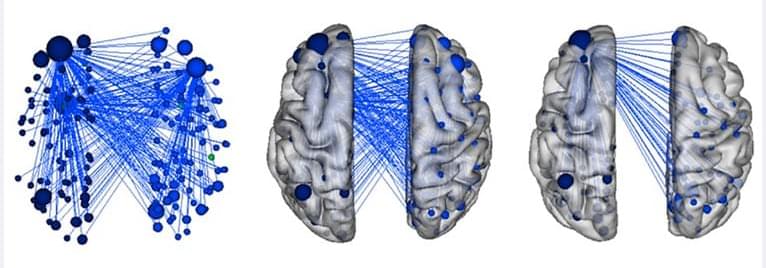𝙈𝙖𝙘𝙝𝙞𝙣𝙚 𝙇𝙚𝙖𝙧𝙣𝙞𝙣𝙜 𝙍𝙚𝙫𝙚𝙖𝙡𝙨 𝐁𝐫𝐚𝐢𝐧 𝙉𝙚𝙩𝙬𝙤𝙧𝙠𝙨 𝐈𝐧𝐯𝐨𝐥𝐯𝐞𝐝 𝐢𝐧 𝐂𝐡𝐢𝐥𝐝 𝐀𝐠𝐠𝐫𝐞𝐬𝐬𝐢𝐨𝐧
𝙔𝙖𝙡𝙚 𝙐𝙣𝙞𝙫𝙚𝙧𝙨𝙞𝙩𝙮
Child psychiatric disorders, such as oppositional defiant disorder and attention-deficit/hyperactivity disorder (ADHD), can feature outbursts of anger and physical aggression. A better understanding of what drives these symptoms could help inform treatment strategies. Yale researchers have now used a machine learning-based approach to uncover disruptions of brain connectivity in children displaying aggression.
In the first study of its kind, Yale researchers use machine learning to find large-scale neural connections linked to aggressive behavior in children.
